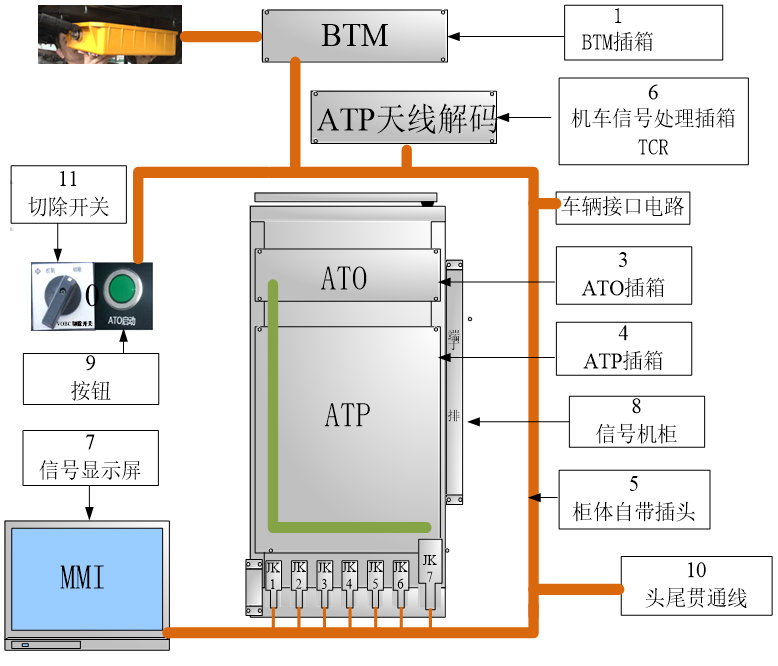Benchmark for Renovation of the Signaling System - Beijing Subway Line 5 Renovation Project
(1) Opening time
December 2020
(2) Project overview
The total line length is approximately 27.6 km. Among them, the underground section is about 16.9 km, and the above-ground section (elevated) is about 10.7 km. There are a total of 10 centralized stations and 23 stations along the whole line. Among these stations, 16 are underground stations and 7 are above-ground (elevated) stations. The line is equipped with six-carriage trains, with a total of 61 trains allocated.
(3) Technical solutions and their advantages and characteristics
Reconstruction of Beijing Subway Line 5: The CBTC system reconstruction plan compatible with the track circuit was adopted, achieving a smooth transition between the old and new systems and the ATO precise parking function, bringing management value of double improvement in operational efficiency and reliability to users.
Through compatibility design, phased implementation, and forward-looking technology reservation, this solution enables the ATO function to be compatible with the original track circuit system after transformation. While ensuring the continuity of operation, it significantly improves the system's safety and efficiency, and lays a foundation for further upgrades in the future.

● Compatibility Design: The new CBTC on-board signaling equipment is compatible with the original quasi-moving block system, enabling a smooth transition between the old and new systems and ensuring the normal operation of trains.
●Phased transformation: First, upgrade the on-vehicle equipment, and then update the ground and trackside equipment to avoid service suspension or shorten the operation time, achieving a seamless transformation.
● Improvement of parking accuracy: Implement the ATO function and enhance parking accuracy. Adapt to the European standard transponder transmission module to improve operational efficiency and passenger convenience.
● Failure rate reduction: Within one year after the transformation, the failure rate of on-vehicle signal equipment decreased by 65.30%, significantly improving the operational reliability and service quality.
(4) Project performance
● Owner's evaluation: The domestic general-purpose on-board signaling equipment is adopted. The actual operation indicators fully meet the operation requirements and system performance requirements of the existing lines. After the transformation, the overall failure rate of the on-board equipment has been significantly reduced from the original 9.8 times per million vehicle-kilometers to 3.4 times per million vehicle-kilometers.
● Expert evaluation: The project has reached the international leading level and has broad promotion and application value.



